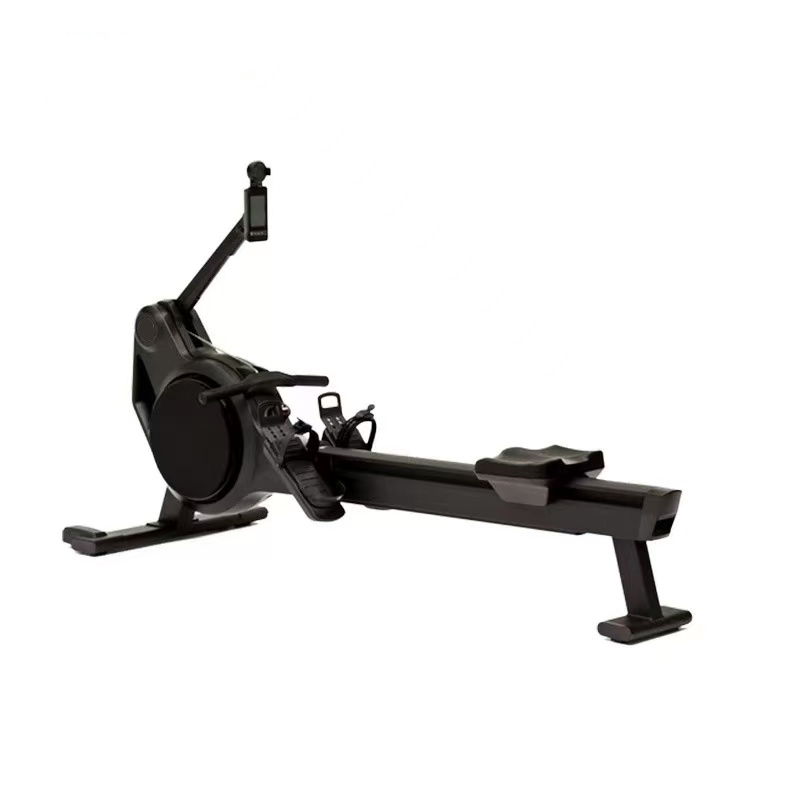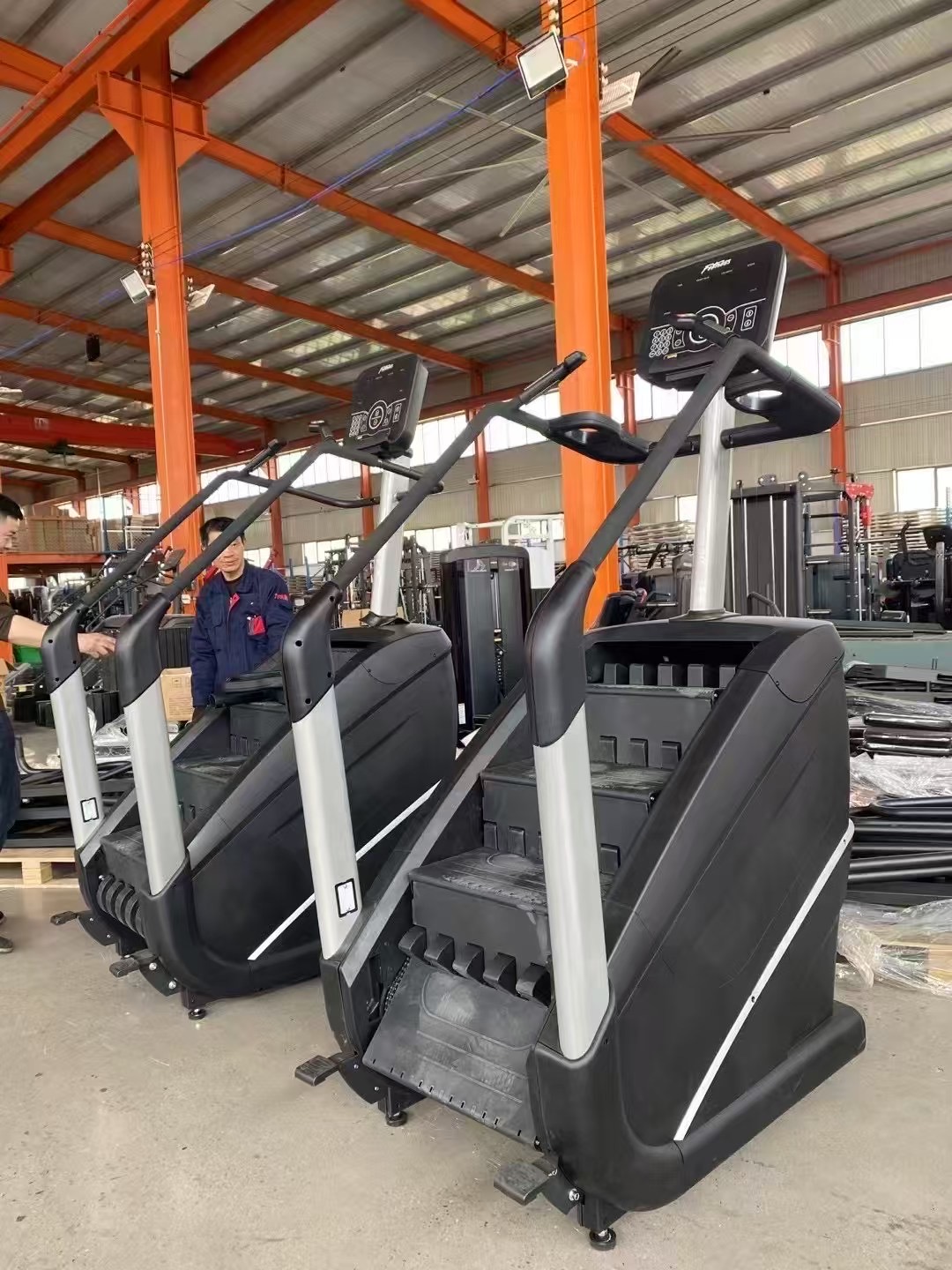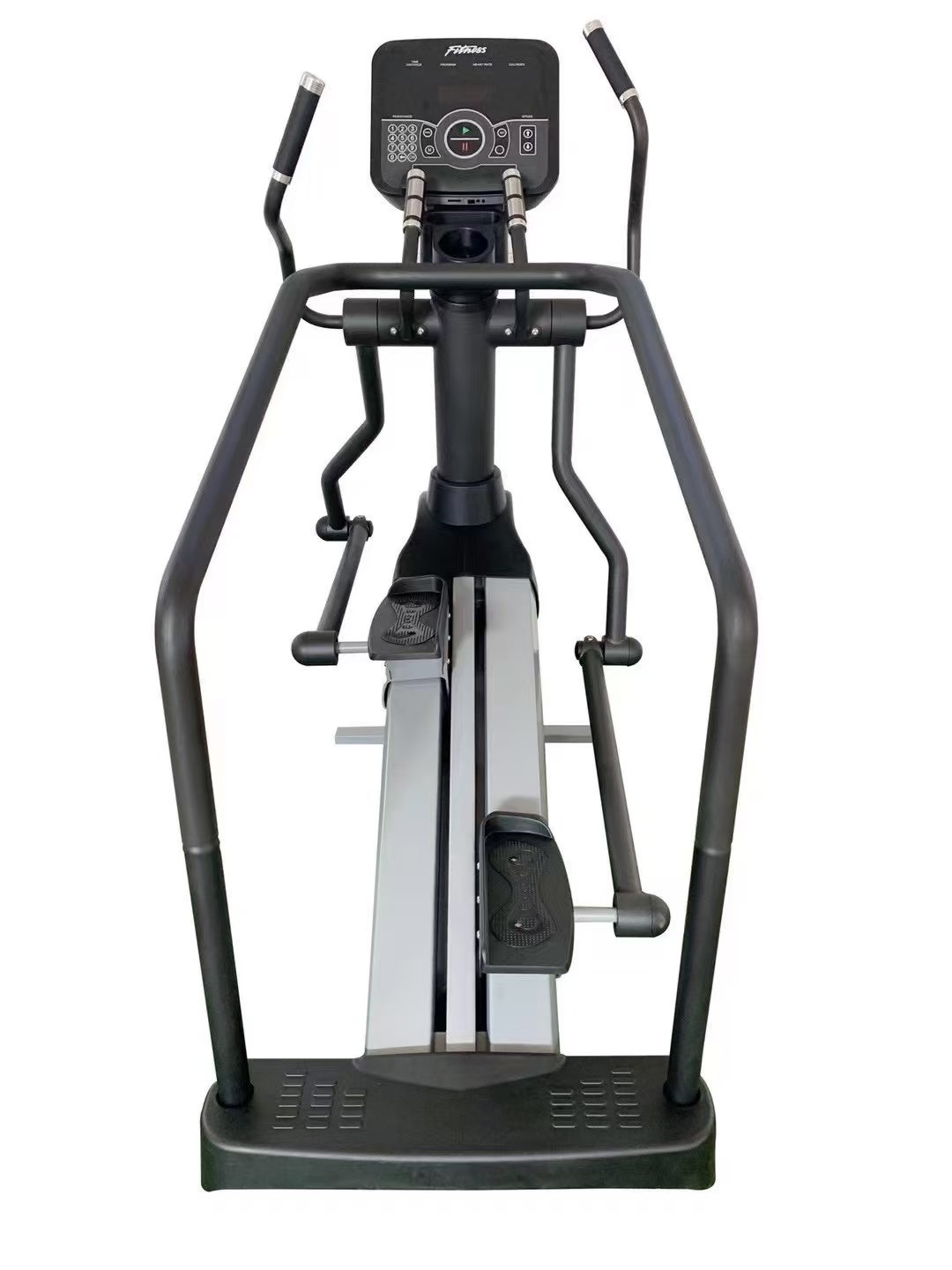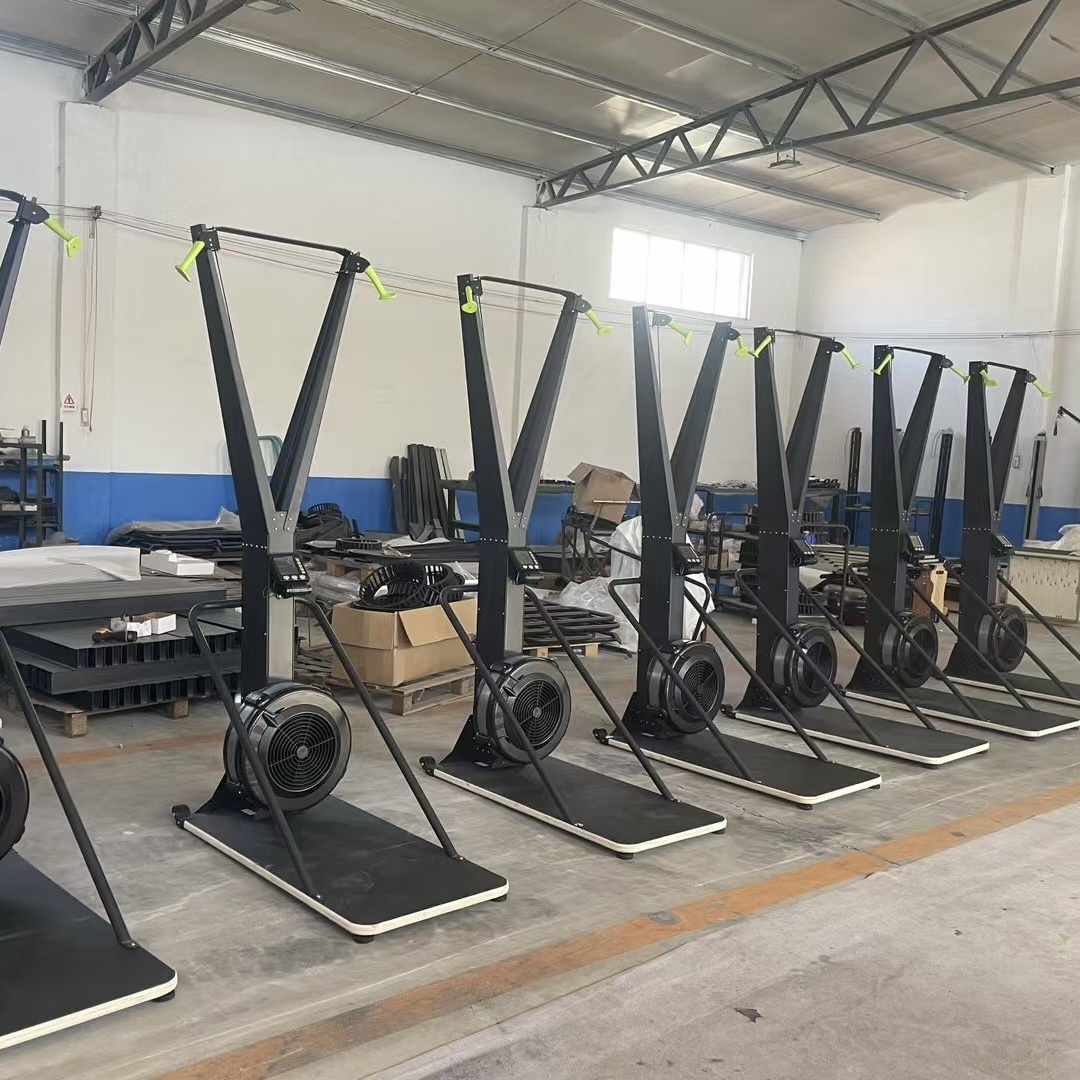Why Cardiovascular Training Is Essential — For Every Body
When it comes to overall health, cardio training is the foundation. Whether you're trying to lose weight, boost your energy, or simply stay active as you age, incorporating aerobic exercise into your routine brings benefits that go far beyond the gym.
What Is Cardiovascular Training?
Cardiovascular (or “cardio”) training refers to any exercise that raises your heart rate and keeps it elevated for an extended period. This includes:
Running or walking on a treadmill
Rowing
Cycling
Elliptical workouts
Swimming or jump rope



These movements strengthen your heart, lungs, and circulatory system — helping your body deliver oxygen more efficiently.
5 Key Benefits of Cardio Training
Heart Health: Strengthens your heart muscle, lowers resting heart rate, and reduces risk of heart disease.
Fat Burning: Helps burn calories efficiently and improves body composition.
Mental Health: Boosts endorphins, reducing anxiety, stress, and depression.
Endurance: Builds stamina, making daily activities feel easier.
Metabolism Support: Improves insulin sensitivity and blood sugar control.
Is Cardio Only for Weight Loss?
Not at all. While cardio is great for fat burning, it’s equally important for:
Longevity
Disease prevention
Mobility and joint health
Post-injury recovery (when done properly)
How Much Cardio Do You Need?
Experts recommend at least 150 minutes of moderate aerobic activity per week. That could mean 30 minutes a day, five days a week — walking, cycling, rowing, or even dancing.
Choosing the Right Equipment
You don’t have to go to a gym to get started. At-home cardio equipment like rowing machines, treadmills, or elliptical trainers make it easy to stay active — no matter the weather or your schedule.
Final Thought
Cardio is not just a workout — it’s a long-term investment in your body and mind. Whether you're training for a goal or simply improving your health, a few sessions a week can transform how you feel, move, and live.
